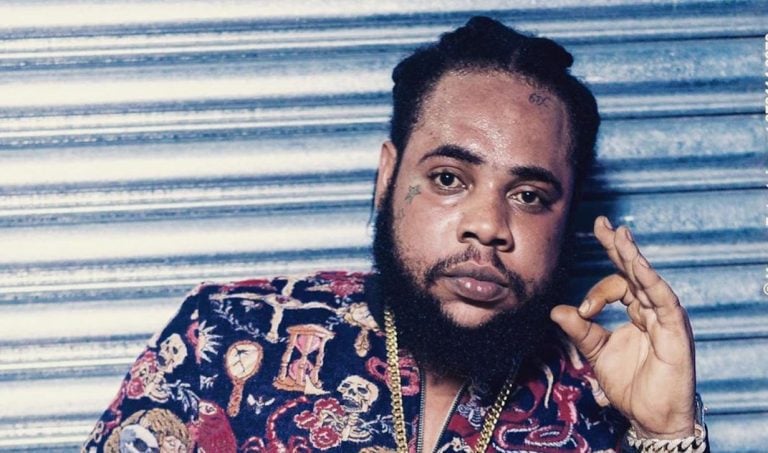Andre “Squash” Whittaker escaped a lengthy sentence when the judge ordered him to spend two years and three months in prison for the gun-related charge. His sentence was handed down on Monday in the United States by Judge Roy Altman.
Altman also gave him a three-year probation and ordered him to pay a US$100 fine. The 27-month sentence is more than the dancehall artiste was hoping for. His attorney, Samuel Rabin, had urged the judge to hand down a sentence of fewer than two years after his client pleaded guilty to a gun charge. However, the prosecutor, Jacob Koffsky, pushed to get close to the maximum sentence of 30 months.
After a 30-minute hearing, the judge delivered his ruling, and Squash was taken into custody by US Marshals. The outcome followed weeks of back-and-forth between both sides, each presenting a very different picture of the entertainer.
Prosecutors leaned heavily on a set of five videos taken from Squash’s phone, which they said showed him handling and firing various weapons. Among them was the pink modified Glock pistol tied to his arrest back in February. For Koffsky, the footage supported his position that the upper end of the sentencing guidelines was justified.
Rabin, on the other hand, centred his argument on the circumstances behind the plea deal and his client’s conduct outside of the allegations. By admitting guilt to the charge of possession of a firearm by a person unlawfully present in the United States, Squash avoided the possibility of facing the full weight of the two original charges, each carrying a maximum of ten years. Rabin had maintained that his client’s decision to take responsibility early should be reflected in a sentence below two years.
He presented arguments about Squash’s personal life, drawing attention to letters submitted by the artiste’s wife, Naomi, who praised him as a good person. Her words also shared the emotional strain their five children have endured throughout the case. Rabin had additionally disputed claims that Squash had ties to any criminal organisation, which was detailed in sections of the Presentence Investigation Report.

